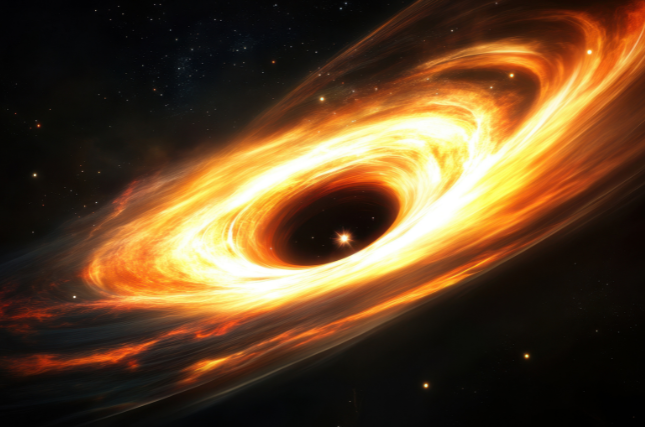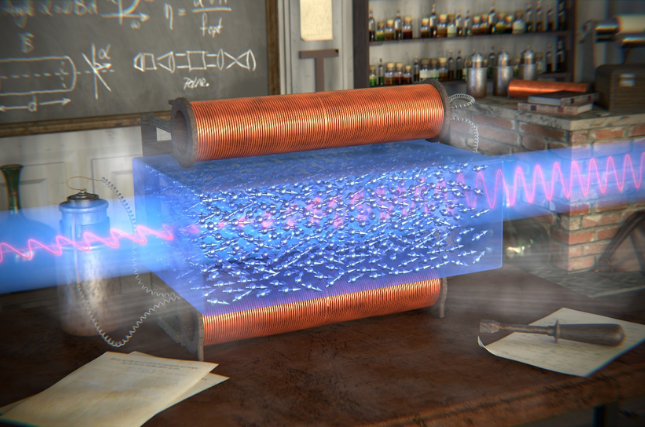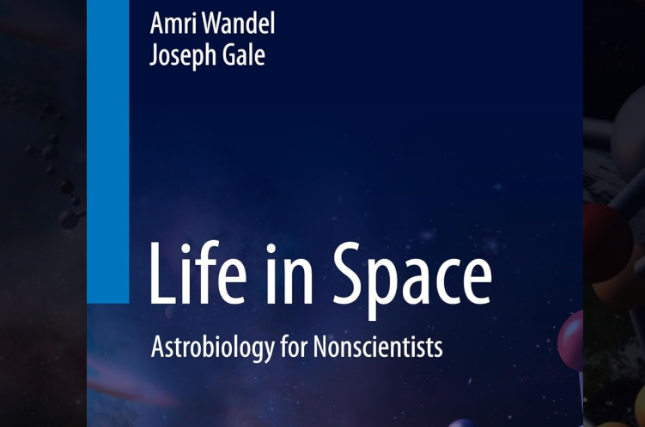
November 4, 2025 – A new study reignited one of astrophysics’ biggest debates: what’s behind the mysterious glow of gamma rays at the center of our galaxy?
The research was led by Dr. Moorits Muru, along with Dr. Noam Libeskind and Dr. Stefan Gottlöber from the Leibniz Institute for Astrophysics Potsdam (AIP), in collaboration with Professor Yehuda Hoffman of the Hebrew University of Jerusalem’s Racah Institute of Physics, and Professor Joseph Silk of Oxford University. The study uses advanced cosmological simulations to show that dark matter—the invisible substance thought to make up most of the universe—may still be the best explanation for the excess of high-energy radiation first observed by NASA’s Fermi Gamma-ray Space Telescope.
For years, scientists have been puzzled by this “Galactic Center Excess”—an unexpected concentration of gamma rays emanating from the Milky Way’s core. Early on, theorists proposed that dark matter particles might be colliding and annihilating each other, producing bursts of radiation in the process. But as data poured in, the spatial pattern of the rays did not line up neatly with predicted dark matter distributions. The leading alternative theory pointed instead to a population of ancient, rapidly spinning neutron stars called millisecond pulsars.
The team decided to take a new approach. Using a suite of high-resolution simulations known as Hestia, which model galaxies under conditions like our own cosmic neighborhood, they reconstructed how the Milky Way might have formed—including its early mergers and turbulent youth. These events, they found, could have reshaped the distribution of dark matter at the galaxy’s center.
Their results reveal a more complex, nonspherical dark matter structure than earlier models assumed—one that could reproduce the observed spread of gamma rays without invoking a large population of pulsars.
“The Milky Way’s history of collisions and growth leaves clear fingerprints on how dark matter is arranged at its core,” the researchers said. “When we account for that, the gamma-ray signal looks a lot more like something dark matter could explain.”
The findings don’t settle the debate, but they do restore dark matter’s status as a prime suspect in one of astrophysics’ intriguing mysteries. Future observations from instruments such as the Cherenkov Telescope Array, which will probe even higher-energy gamma rays, are expected to test these competing theories more decisively.
“This study gives us a fresh way to interpret one of the most intriguing signals in the sky,” the team added. “Either we’ll confirm that dark matter leaves an observable trace—or we’ll learn something entirely new about the Milky Way itself.”
The research paper titled “Fermi-LAT Galactic Center Excess morphology of dark matter in simulations of the Milky Way galaxy” is now available in Physical Review Letters, and can be accessed here.
Researchers:
Moorits Mihkel Muru1, Joseph Silk2, Noam I. Libeskind3, Stefan Gottlober3, Yehuda Hoffman4
Institutions:
- Leibniz-Institut f¨ur Astrophysik Potsdam (AIP), An der Sternwarte 16, D-14482 Potsdam, Germany and Tartu Observatory, University of Tartu, Observatooriumi 1, 61602 T˜oravere, Estonia
- Institut d’Astrophysique de Paris, UMR 7095, 98 bis Boulevard Arago, F-75014 Paris, France Department of Physics and Astronomy, The Johns Hopkins University, Baltimore, MD, USA and Sub-department of Astrophysics, University of Oxford, Keble Road, Oxford OX1 3RH, UK
- Leibniz-Institut f¨ur Astrophysik Potsdam (AIP)
- Racah Institute of Physics, Hebrew University





